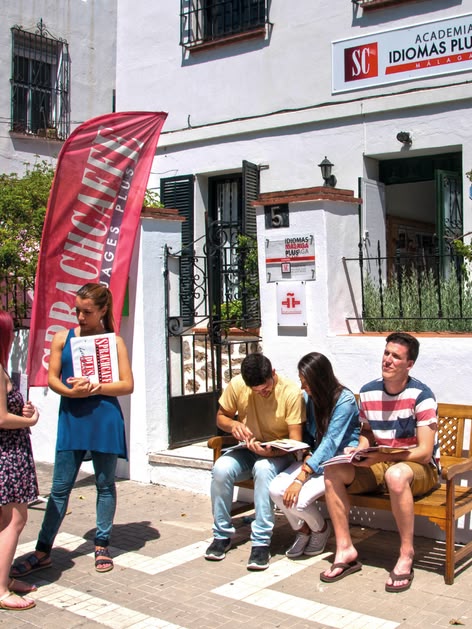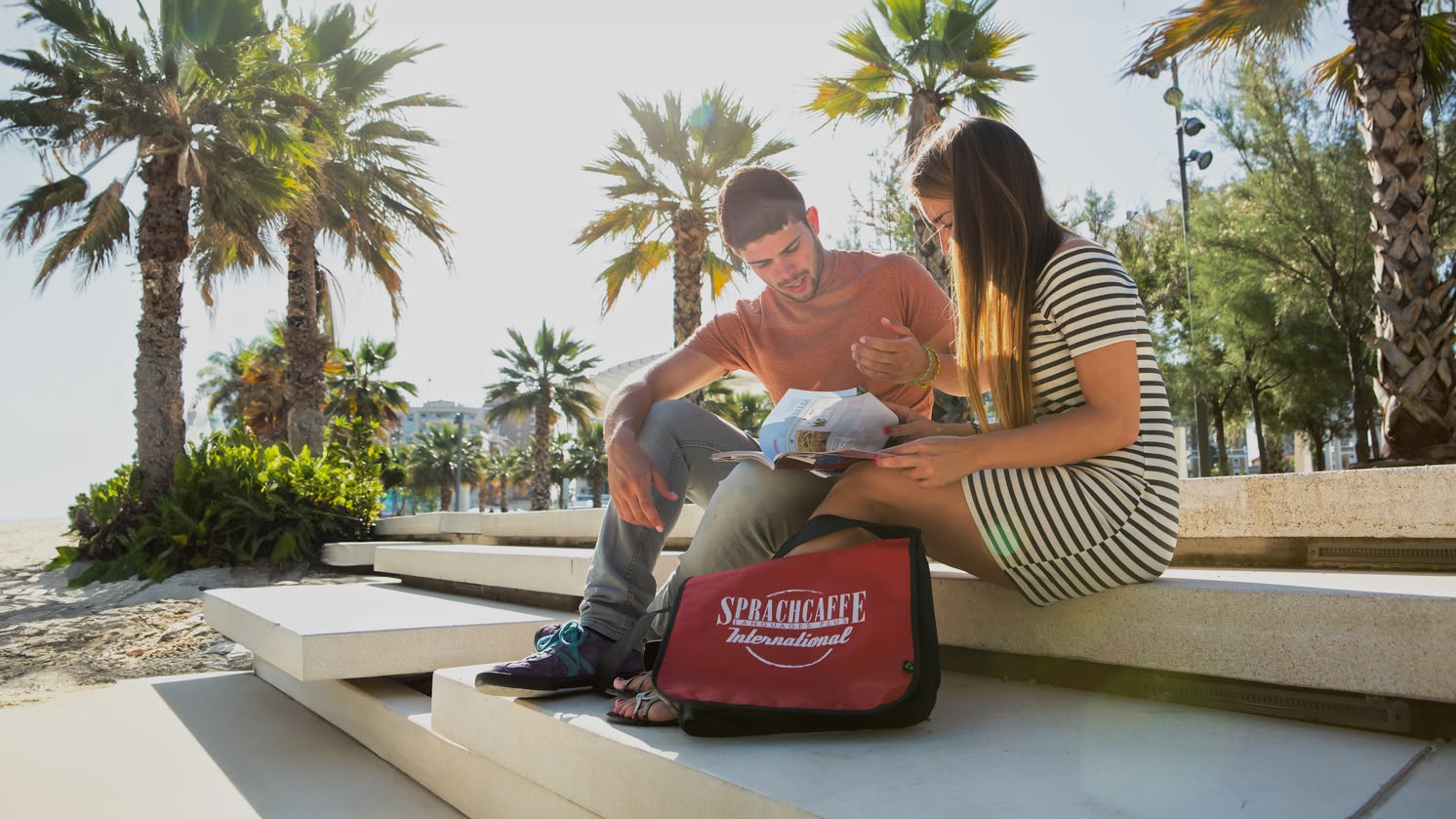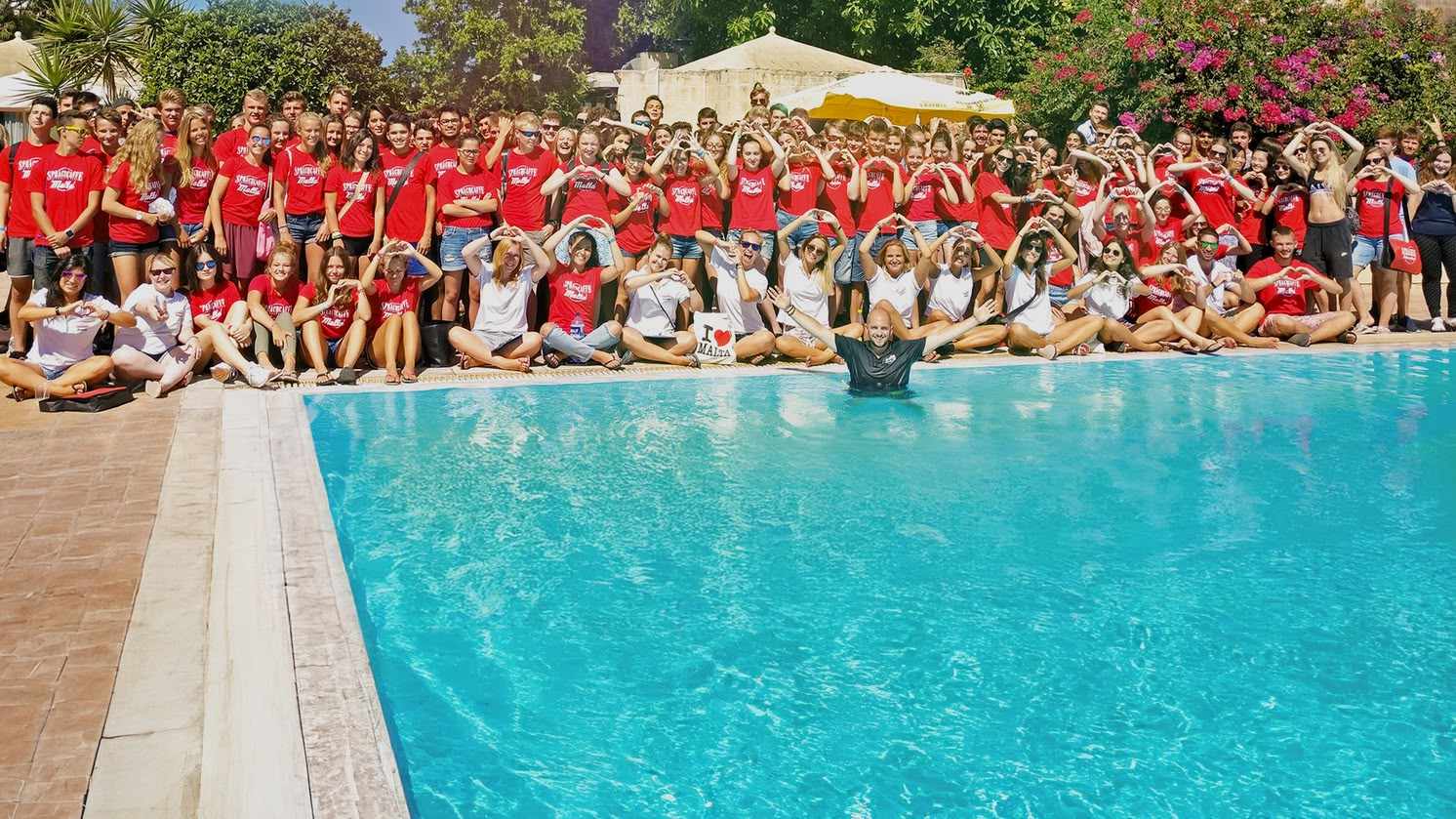Spanish Present Continuous: Formation, Usage and Examples
The present continuous tense in Spanish, also known as presente progresivo or presente en gerundio, is a verb tense used to express actions that are occurring at the moment of speaking. It is used to describe temporal situations and actions taking place in the present, emphasizing their transitory nature and their connection to the "now".
The Spanish present continuous at a glance
The present continuous tense in Spanish, also known as presente progresivo or presente en gerundio, is a verb tense that is used to describe actions, events or situations that are occurring at the present moment in which one is speaking. It is a verb tense that emphasizes the temporality of actions and shows that they are in the process of development or execution in the "now".
The present continuous is distinguished from other verb tenses in Spanish, since it is used specifically to talk about actions that are taking place at the moment of enunciation.
Formation of the present continuous in Spanish
The structure of the present continuous is formed by using the verb "estar" conjugated in the present tense, followed by the gerund of the main verb. The gerund is formed by adding the ending "-ando" to verbs ending in "-ar" and the ending "-iendo" to verbs ending in "-er" and "-ir". In this way, a relationship is established between the subject of the sentence and the action in progress.
Verb Conjugation
| Pronombre personal | Verbo "estar" | Verbos terminados en -ar como hablar | Verbos terminados en -er como comer | Verbos terminados en -ir como vivir |
|---|---|---|---|---|
| Yo | estoy | hablando | comiendo | viviendo |
| Tú | estás | hablando | comiendo | viviendo |
| Él / Ella / Usted | está | hablando | comiendo | viviendo |
| Vosotros / Vosotras | estáis | hablando | comiendo | viviendo |
| Ellos / Ellas / Ustedes | están | hablando | comiendo | viviendo |
How does a language vacation in Malaga, Madrid, Barcelona or Havana sound? All these dream destinations with a Spanish language package is the perfect combination to enjoy your longed-for vacation.
Uses of the present continuous in Spanish
1. Actions in progress at the present moment: Used to describe actions that are occurring at the moment of speaking. Examples:
"I am reading a book right now."
"My brother is cooking dinner right now."
"What are you doing?"
2. Temporary actions: used to express actions that are temporary and may change in the future. Examples:
"Maria is working in a store while she looks for another job."
"I am living in Madrid for a few months."
3. Near future plans: In some cases, the present progressive is used to talk about near future plans, especially when these plans are previously confirmed or agreed upon. Examples:
"Next weekend we are visiting my grandparents."
"Tomorrow we are having dinner at the new restaurant in town."
4. Temporary complaints or criticisms: Sometimes, the present progressive is used to express complaints or criticisms about repetitive or annoying actions. Examples:
"You are always interrupting in class."
"Juan is always late for meetings."
Tips for the correct use of the present progressive
It is important to note that the present progressive in Spanish is not used as frequently as in English. In Spanish, the present simple is often preferred to describe habitual actions, routines and general events. The use of the present progressive is more common when you want to emphasize the idea that the action is occurring in the present or to express near future plans.
Remember that the choice between the present progressive and the present simple will depend on the context and the meaning you want to convey in each situation. Practicing with examples will help you have a better command of the use of the present progressive in Spanish.
Discover all options to learn Spanish abroad









